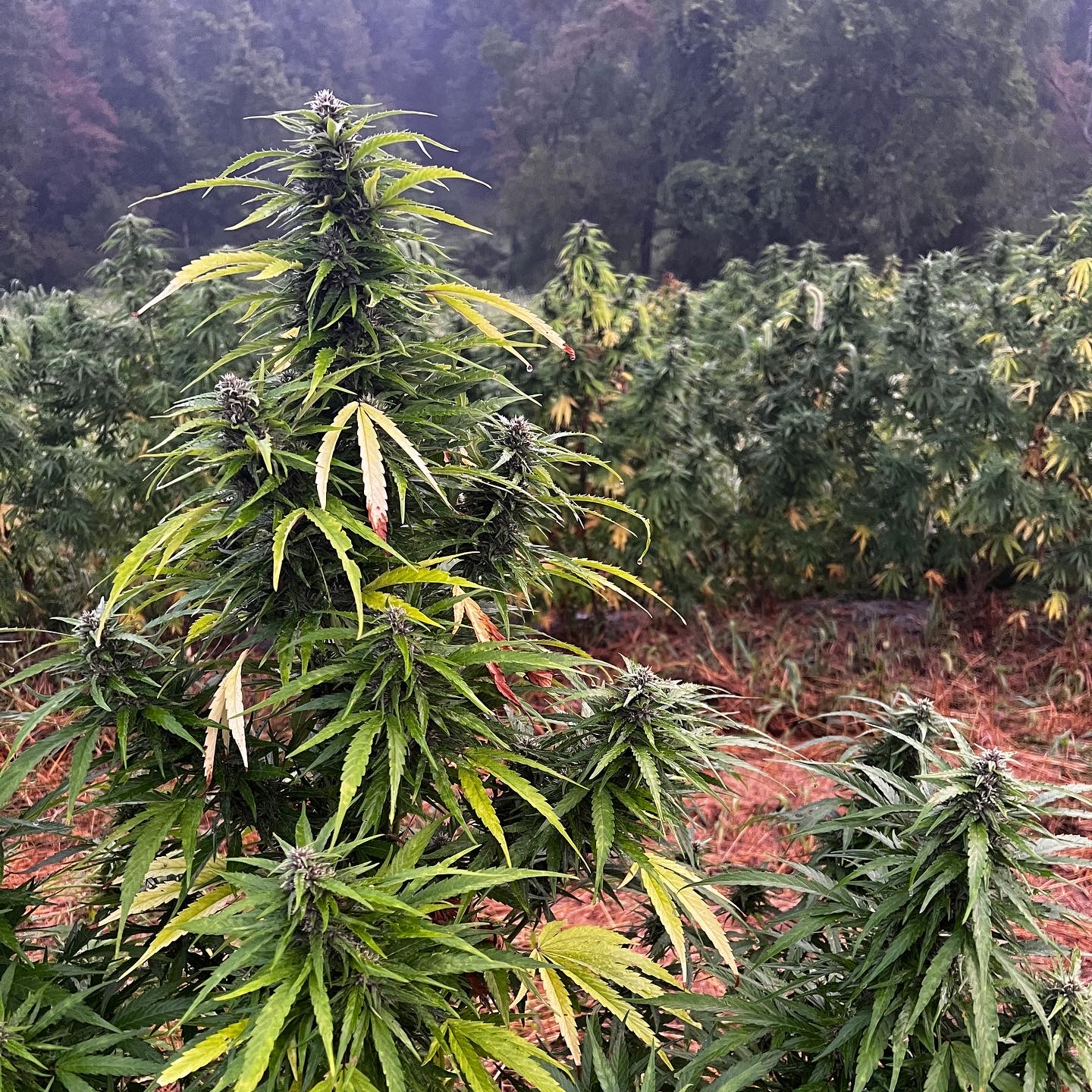Climate change poses one of the most significant challenges of our time, with far-reaching impacts on ecosystems, economies, and societies worldwide. While agriculture is often highlighted as a contributor to greenhouse gas emissions, it also holds immense potential as a solution. Regenerative agriculture, in particular, offers promising strategies to sequester carbon and restore environmental health.
Table of Contents
Understanding the Climate Crisis and Agriculture’s Role
Agriculture contributes to approximately 24% of global greenhouse gas emissions, primarily through deforestation, livestock methane production, and soil degradation. Conventional farming practices often involve:
- Heavy Tillage: Disrupts soil structure, releasing stored carbon dioxide (CO₂) into the atmosphere.
- Monoculture Planting: Reduces biodiversity and depletes soil nutrients.
- Synthetic Fertilizers and Pesticides: Contribute to nitrous oxide (N₂O) emissions and can harm beneficial soil organisms.
These practices not only exacerbate climate change but also degrade the very resources—soil, water, and biodiversity—that agriculture depends upon.
What is Regenerative Agriculture?
Regenerative agriculture is a holistic land management approach that aims to improve soil health, increase biodiversity, and enhance ecosystem services. It goes beyond sustainable farming by actively improving the environment rather than merely maintaining the status quo.
Core Principles:
- Minimize Soil Disturbance: Reduce or eliminate tillage to preserve soil structure.
- Maximize Crop Diversity: Use crop rotations and polycultures to enhance biodiversity.
- Maintain Soil Cover: Employ cover crops and mulches to protect the soil.
- Integrate Livestock: Use managed grazing to stimulate plant growth and nutrient cycling.
- Promote Biodiversity: Foster a variety of plant and animal species to create resilient ecosystems.
Carbon Sequestration Through Regenerative Practices
One of the most significant benefits of regenerative agriculture is its ability to sequester carbon from the atmosphere and store it in the soil. Here’s how:
1. Enhancing Soil Organic Matter
- Action: Implement cover cropping and apply organic amendments like compost.
- Impact: Increases soil organic carbon, improving soil fertility and structure.
- Result: Enhanced carbon storage reduces atmospheric CO₂ levels.
2. Reduced Tillage
- Action: Adopt no-till or reduced-till farming methods.
- Impact: Minimizes soil disruption, preventing the release of stored carbon.
- Result: Preserves carbon stocks and fosters beneficial microbial communities.
3. Agroforestry Systems
- Action: Integrate trees and shrubs into agricultural landscapes.
- Impact: Trees absorb CO₂ for growth, storing carbon in biomass.
- Result: Long-term carbon sequestration and diversified farm income.
4. Managed Grazing
- Action: Rotate livestock through pastures to mimic natural grazing patterns.
- Impact: Stimulates plant growth and increases root biomass.
- Result: Deeper roots deposit more carbon into the soil.

Environmental Restoration Through Regenerative Agriculture
Beyond carbon sequestration, regenerative agriculture contributes to broader environmental restoration:
Soil Health Improvement
- Enhanced Nutrient Cycling: Healthy soils recycle nutrients more efficiently, reducing the need for synthetic fertilizers.
- Erosion Prevention: Improved soil structure resists erosion from wind and water.
Water Conservation
- Increased Infiltration: Healthy soils absorb and retain water better, reducing runoff.
- Aquifer Recharge: Improved infiltration supports groundwater replenishment.
Biodiversity Enhancement
- Habitat Creation: Diverse plantings provide habitats for pollinators and other wildlife.
- Pest Management: Biodiversity can naturally suppress pest populations, reducing pesticide use.
Climate Resilience
- Weather Extremes Mitigation: Healthy soils buffer against drought and flooding.
- Crop Resilience: Diverse systems are less vulnerable to pests and diseases.
Real-World Examples
Gabe Brown’s Farm, North Dakota
- Practices: No-till farming, cover crops, crop diversity, and integrated livestock.
- Outcomes: Increased soil organic matter from 1.7% to over 6%, enhanced biodiversity, and improved profitability.
Sustainable Sugarcane Initiative, India
- Practices: Mulching, intercropping, and organic fertilization.
- Outcomes: Reduced water usage by 30%, increased yields by 20%, and improved soil health.
Benefits Beyond Carbon Sequestration
- Economic Gains: Reduced input costs for fertilizers and pesticides, diversified income streams.
- Healthier Food: Enhanced nutrient density in crops grown in healthy soils.
- Community Well-being: Supports local economies and can improve food security.

Challenges and Opportunities
Challenges
- Initial Transition Costs: Adopting new practices may require upfront investment.
- Knowledge Gaps: Farmers may need education and training on regenerative methods.
- Policy Barriers: Existing agricultural policies may favor conventional practices.
Opportunities
- Policy Support: Governments can provide incentives for regenerative practices.
- Research and Innovation: Ongoing studies can refine techniques and prove benefits.
- Consumer Demand: Increasing demand for sustainably produced food can drive change.
Conclusion
Regenerative agriculture offers a powerful tool in the fight against climate change by transforming farms into carbon sinks and restoring environmental health. By adopting practices that enhance soil carbon sequestration and promote ecosystem resilience, agriculture can shift from being part of the problem to becoming a significant part of the solution.
Join the movement towards regenerative practices and contribute to a sustainable future. Share your thoughts or experiences in the comments below!

